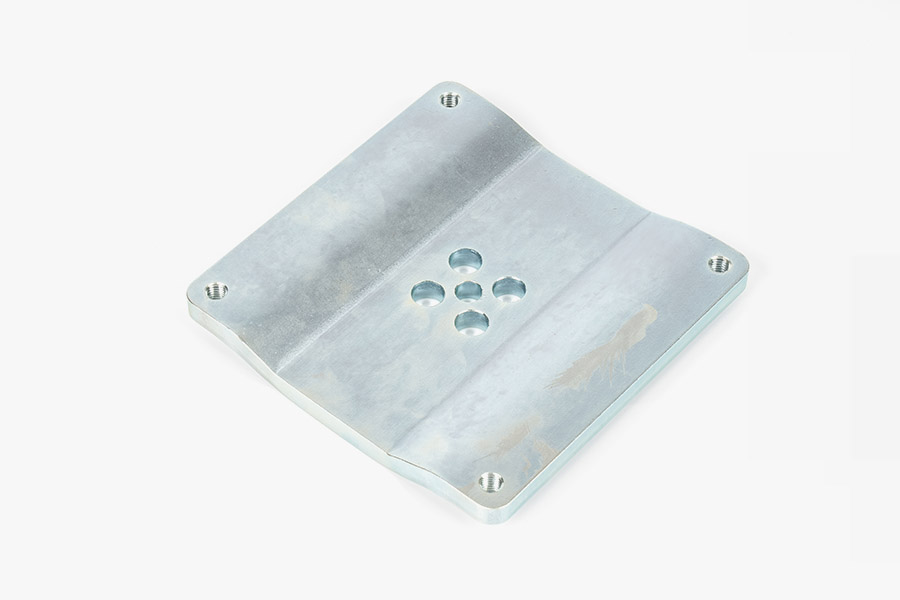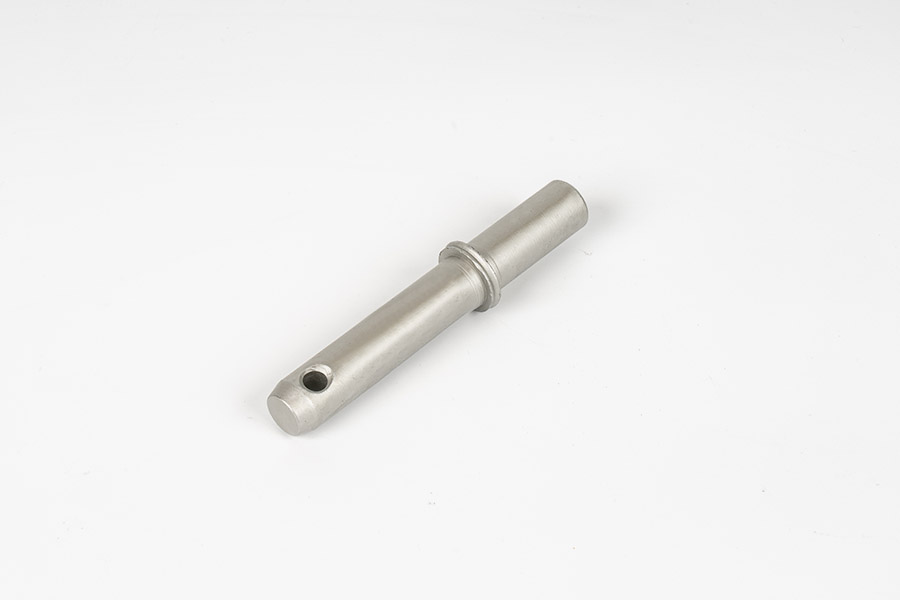How to achieve efficient production and integrated manufacturing of complex parts through injection molding?
 2025.07.15
2025.07.15
 Industry News
Industry News
Detailed explanation of the process flow of plastic injection molding
The plastic injection molding process can be refined into four main steps, each step has a critical impact on the quality of the final product:
1. Plasticizing
The plastic particles are fed into the heating cylinder of the plastic injection molding machine, heated evenly to their melting temperature under the rotational advance of the screw or plunger, and converted into a high-flowing melt. This process requires controlling the heating temperature zone and shear speed to ensure that the material does not degrade due to overheating, and cannot cause filling difficulties due to insufficient plasticization.
2. Injection cavity
After the plasticization is completed, the melt is quickly injected into the cavity in the metal mold under high pressure. The injection speed and pressure need to be adjusted according to the product structure, which should not only avoid dissatisfaction in filling, but also prevent defects such as flashes and burrs.
3. Cooling
The plastic in the mold cavity quickly cools down and sets under the action of the mold cooling system. Cooling time generally accounts for more than 60% of the entire forming cycle, so efficient cooling designs (such as the layout of cooling waterways) are crucial to improving efficiency.
4. Open mold pickup (Ejection)
After the product is cooled, the mold is opened and closed, and the molded parts are ejected through mechanisms such as thimbles. This link must ensure smooth mold release and avoid scratches or damage to the product.
Analysis of the advantages of plastic injection molding compared to traditional processes
1. Highly automated and reduce human intervention
plastic injection molding equipment can realize automatic operation throughout the process, and supports robotic automatic parts pickup, mold clamping, loading, and testing functions, significantly reducing labor costs and the probability of human errors, and improving production line stability.
2. High utilization rate of raw materials, reducing waste
Traditional mechanical processing is often "subtractive material manufacturing", that is, removing excess materials through cutting, while plastic injection molding is a "near net molding" technology, and the material utilization rate can reach more than 95%, which is especially suitable for environmentally friendly and large-scale production needs.
3. Excellent product consistency and repeatability
Through standardized molds and parameter settings, the size, strength and finish of the products produced each time are highly consistent, avoiding artificial differences and ensuring batch stability.
4. Adapt to the manufacturing of complex structural parts
For parts with complex structures, irregular shapes, and precision and tiny precision (such as electronic shells, automotive plugs), plastic injection molding can be formed in one go without secondary processing, improving production efficiency and component reliability.
Wide range of applications to meet the needs of diverse industries
Our plastic processing products are currently widely used in construction materials, automobile manufacturing, household appliances, electronic communications, industrial automation and other industries. From functional components with complex geometric shapes to structural parts with high heat resistance, high insulation and high strength, the material ratio, mold structure and surface treatment methods can be customized according to customer needs to achieve the unity of function and aesthetics.
The following table summarizes the core performance indicators and main application industries of our plastic processing products:
| Performance Parameter | Specification Description | Application Industry |
|---|---|---|
| Molding Precision | ±0.02mm, suitable for precision assembly | Electronic devices, industrial instruments |
| Material Types | ABS, PC, PA, POM, PP, PE and other general engineering plastics | Automotive parts, mechanical components |
| Surface Treatment Capabilities | Spraying, electroplating, etching, laser engraving | Home appliance panels, decorative parts |
| Temperature Resistance | Customizable to heat deflection temperatures above 120°C | Engine compartment accessories, high-temperature equipment parts |
| Annual Output (Injection Products) | Over 50 million pieces | OEM/ODM manufacturing, mass production enterprises |

 Eng
Eng  中文简体
中文简体









